I've extracted a relay labeled OEG OL-C-212H12VDC from an early 90s Technics amplifier whose service manual refers to as RSY0009-0. It has an additional line indicating 9142 T. Its coil is busted, thus I cannot measure its resistance. From the circuit it was used in, it is a DPST and judging by its profile it is likely a reed relay. It has 20x8x6mm (LxWxH) and 6 pins. The label suggests its coil voltage to be 12VDC. Apart from that, I have not found any information about it. Clearly, I'm dealing with an obsolete part but I need to find an equivalent. It may not have the same footprint (I could do an adaptation) but it must have the same electrical characteristics (it is connected in series with other components).
Does anyone have any information (at least the coil resistance) about this relay?
Edit: I added the reduced circuit in which this relay (K1) resides. Calculation gives a roughly 700 Ohm coil resistance.

